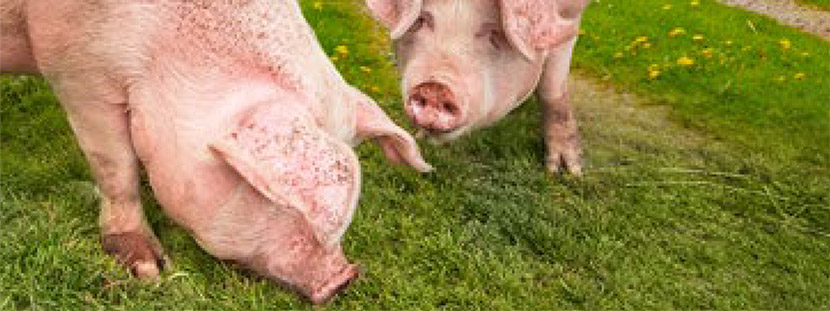Antibiotic resistance has become one of the most important public health problems we face today. Therefore, initiatives and action plans are being implemented worldwide to reduce antimicrobial resistance at the national and international levels.
Measures have already been taken in many countries to reduce the use of antibiotics, and further work is needed to limit the development of antimicrobial resistance.

In most cases, reducing the use of antibiotics on farms involves implementing measures to enhance animal health by changing the management of pigs.
In the absence of data and studies on the impact of reduced antibiotic use on farm productivity and economic profitability, it was feared that producers might be reluctant to reduce their consumption.
Therefore, the WHO, FAO and OIE highlighted the need for studies to assess the costs and benefits of actions to reduce the use of antibiotics.
This article evaluates



Evolution of antibiotic use in The Netherlands
In 1999, the Dutch government began to monitor the use of antibiotics in production animal, recording total sales of veterinary prescription antibiotics.
In 2004, this monitoring was extended to include the use of antibiotics by species.
From 2008, a new policy was implemented on the reduction and responsible use of antibiotics in animal production, establishing agreements among the main representatives of the Dutch livestock sector and the Royal Association of the Dutch Veterinary Association. The Key elements of this approach were:
Keep up to date with our newsletters
Receive the magazine for free in digital version
REGISTRATION
ACCESS
YOUR ACCOUNT
LOGIN
Lost your password?








